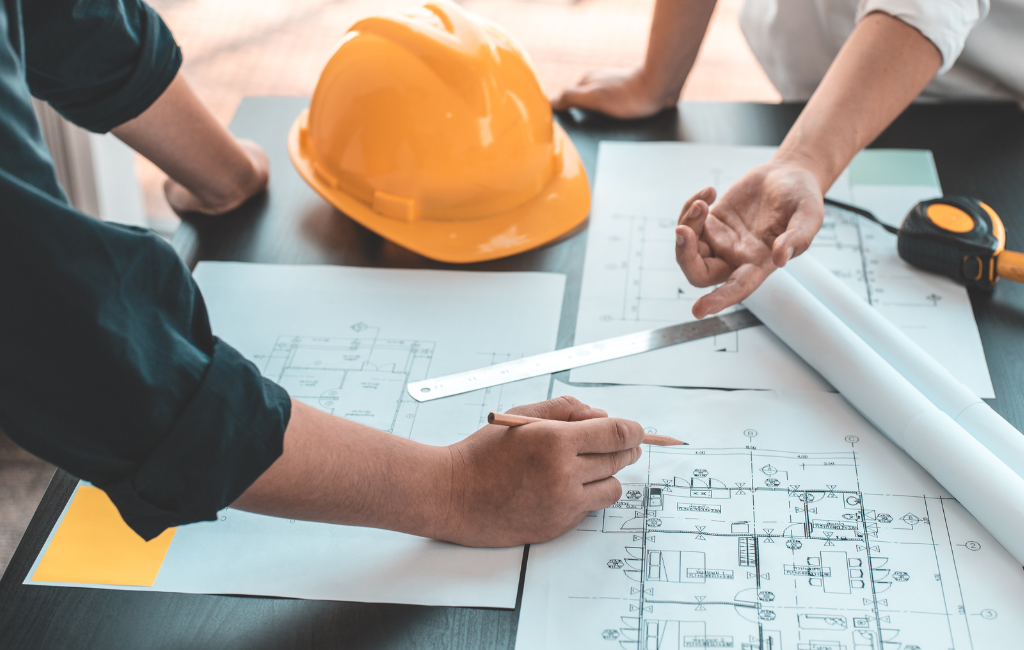Architect: Crafting Spaces with Vision
Architecture is more than just the creation of buildings; it is the art and science of designing spaces that enhance the human experience. Architects play a pivotal role in shaping the environments where we live, work, and play. This article explores the multifaceted world of architecture, highlighting the vision and creativity that architects bring to their projects.
The Role of an Architect
An architect is responsible for the conceptualization, design, and oversight of construction projects. Their work involves a blend of technical knowledge, artistic flair, and practical problem-solving skills. Architects must consider various factors such as functionality, aesthetics, safety, and sustainability when designing a structure.
Key Responsibilities
- Creating detailed architectural plans and blueprints
- Collaborating with clients to understand their needs and preferences
- Ensuring compliance with building codes and regulations
- Overseeing the construction process to ensure the design is executed correctly
- Incorporating sustainable practices to minimize environmental impact
Designing with Vision
Architects are visionaries who imagine and create spaces that inspire and function seamlessly. Their designs often reflect a deep understanding of the cultural, social, and environmental context of a project. This section delves into the various aspects of architectural design that contribute to creating meaningful spaces.
Innovative Design Concepts
Architects are constantly pushing the boundaries of design to create innovative and functional spaces. Some of the latest trends in architectural design include:
- Biophilic design: Integrating natural elements into the built environment to promote well-being
- Adaptive reuse: Repurposing existing structures for new uses, reducing the need for new construction
- Smart buildings: Incorporating advanced technologies to enhance efficiency and user experience
- Modular construction: Using prefabricated components to streamline the building process
Case Studies
Examining real-world examples can provide valuable insights into the impact of architectural design. Here are a few notable case studies:
The High Line, New York City
The High Line is a prime example of adaptive reuse. This elevated park was created from a disused railway line, transforming it into a vibrant public space. The project has revitalized the surrounding neighborhoods and become a popular destination for both locals and tourists.
Marina Bay Sands, Singapore
Marina Bay Sands is an iconic example of innovative design. The integrated resort features three interconnected towers topped by a sky park, offering stunning views of the city. The project showcases the potential of combining architectural creativity with cutting-edge engineering.
Sustainability in Architecture
Sustainability is a key consideration in modern architecture. Architects are increasingly focused on designing buildings that minimize environmental impact and promote energy efficiency. This section explores the principles and practices of sustainable architecture.
Principles of Sustainable Design
- Energy efficiency: Reducing energy consumption through smart design and technology
- Resource conservation: Using materials and resources responsibly to minimize waste
- Indoor environmental quality: Ensuring healthy and comfortable indoor environments
- Site sustainability: Designing buildings that harmonize with their surroundings
Green Building Certifications
Several certification programs recognize and promote sustainable building practices. Some of the most widely recognized certifications include:
- LEED (Leadership in Energy and Environmental Design)
- BREEAM (Building Research Establishment Environmental Assessment Method)
- WELL Building Standard
- Green Star
The Future of Architecture
The field of architecture is constantly evolving, driven by advancements in technology, changing societal needs, and a growing emphasis on sustainability. This section looks at some of the emerging trends and future directions in architecture.
Technological Advancements
Technology is transforming the way architects design and construct buildings. Some of the key technological advancements include:
- Building Information Modeling (BIM): Enhancing collaboration and efficiency in the design process
- 3D printing: Enabling the creation of complex and customized building components
- Virtual reality (VR): Allowing architects and clients to visualize and experience designs before construction
- Artificial intelligence (AI): Optimizing design and construction processes through data analysis
Focus on Resilience
As climate change and natural disasters become more prevalent, architects are increasingly focused on designing resilient buildings. This involves creating structures that can withstand extreme weather events and adapt to changing environmental conditions.
Conclusion
Architects play a vital role in shaping the built environment, creating spaces that are functional, aesthetically pleasing, and sustainable. Their work requires a unique blend of creativity, technical expertise, and a deep understanding of the cultural and environmental context. As the field of architecture continues to evolve, architects will remain at the forefront of innovation, crafting spaces that enhance the human experience and contribute to a more sustainable future.
